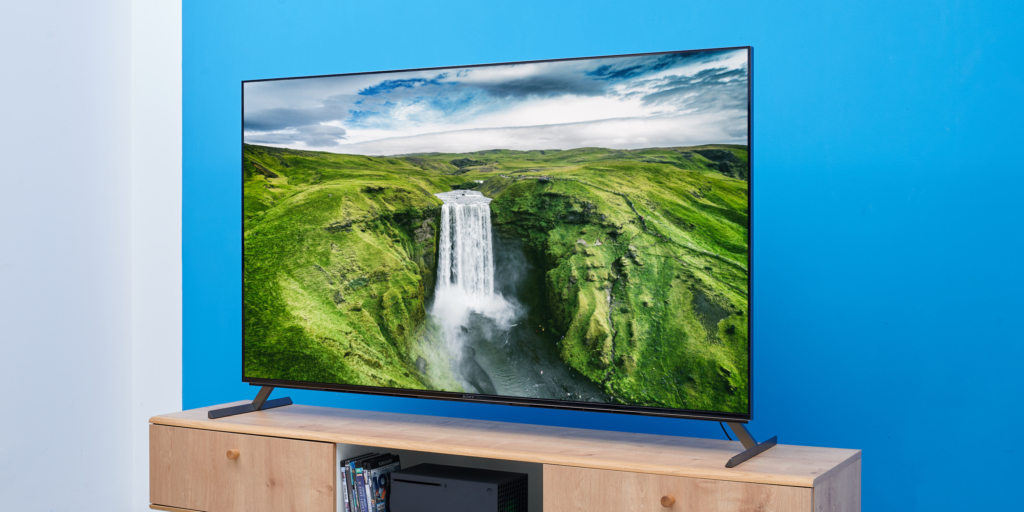


Then there’s the cryptically named XR Contrast Booster 10, which builds on the XR Contrast Booster 5 system used in the X90J range by introducing superior use of local dimming to enhance contrast.Īn XR HDR Remaster is on hand to convert SDR sources to HDR.
:strip_exif()/i/2004838398.jpeg)
There’s XR Triluminos Pro, working to deliver colours that your eye perceives as more beautiful. So you find the X95J sporting XR Colour to, it’s claimed, deliver a wider colour gamut and subtler tones. This sounds simple enough on paper, but achieving it requires – according to Sony – in-depth analysis of hundreds of thousands of elements in incoming images in real time, carefully looking for the most important parts of a picture and subtly adjusting everything from local sharpness and contrast to colour tones, motion clarity and noise reduction to get all the right emphases in all the right places. At the core of this system is a desire to make images on the screen look more like the real world as your eye perceives it. Processing in the XR-65X95J comes courtesy of Sony’s new Cognitive XR Processor. How much this might hurt its chances will play a key part in our tests. This pretty extreme dimming zone difference is explained in part by the fact that, unlike its Samsung rival, the X95J doesn’t use Mini LED lighting. There only appear to be around 60 dimming zones, though, versus nearly 800 in the aforementioned Samsung QN94A. There’s local dimming, too, where different zones of the backlight can output different light levels at any given moment to boost picture quality – especially contrast. The X95J uses a VA-type LCD panel lit by a direct LED lighting system. The XR-65X95J is supplied with an impressively premium remote control, complete with cool metallic finish and tasteful button backlighting. It could be something to think about, though, if you’re determined to hang your next TV on the wall. This isn’t a big deal for us given that TVs are made to be watched from the front, and that the bigger rear may be associated with the set’s use of a direct rather than edge LED lighting system. The X95J’s head-on presence is on-trend slim, though its rear end sticks out way further than most. What’s more, Sony has cleverly provided the option via simple alternative mounting points to position the desktop feet so that they lift the screen up a bit, to make room for a soundbar should you decide that the set’s potent built-in sound system isn’t sufficient for you. Its bezel is narrow, and the way its opulent and minimalistic metal feet can be attached right at the very corners of the bottom edge ensures that there’s really as little as possible around the screen to either dominate your room or distract you from what you’re watching. So long as you’re looking at it head on, the Sony XR-65X95J looks supremely elegant in a slinky, laid back kind of way.


 0 kommentar(er)
0 kommentar(er)
